Table of Content
The Charcoal colour is linked with understated elegance and finds extensive use in both fashion and interior design. Originating from burned wood, Charcoal colour has a longstanding history, adding a cool and sophisticated touch to various elements. Over the years, Charcoal colour has evolved and now plays a prominent role in modern art, fashion, and design. Designers intentionally incorporate its historical and scientific attributes, seamlessly blending tradition with contemporary style.
Charcoal colour: Key facts
| Charcoal color | Key facts |
| Hex code | #36454F |
| RGB values | R:54, G:69, B:79 |
| CMYK values | C:31%, M:13%, Y:0%, K:69% |
| HSL value | H:210, S:19%, L:26% |
| Web-safe color | No |
| Pantone matching | PMS 432 |
| Color category | Dark grey |
| Associated meanings | Elegance, formality, timelessness |
| Usage in design | Popular for professional settings, fashion and luxury |
| Historical significance | Often used in traditional art for shading and depth |
| Cultural symbolism | May evoke a sense of seriousness and professionalism |
| Popular combinations | Charcoal and Gold, Charcoal and White |
Charcoal colour: The science behind its shades
The charcoal colour is scientifically derived through the burning of wood in a process known as pyrolysis, resulting in a carbon-rich, porous structure. Its porous combined with its carbon composition is also the basis for charcoal absorbing light, giving it an unusual black appearance with very little light reflected off it. Charcoal drawings also have a less-than-smooth texture, which affects how the light reflects, creating deep, dusky-looking images.
The artists make use of all kinds of techniques, such as pressure, stroke variations and blending and layering. Because the medium is flexible, it permits details and subtlety or bold expression; therefore, artists of varying abilities prefer oil. Adding a matte finish, charcoal drawings have their unique beauty and also have a feel that is special to this medium.
Charcoal colour: Use in art and design
Use of charcoal in traditional art
- Charcoal is a useful medium that lets artists make bold, expressive drawings rich in colour.
- There are many shades and tones, achieved in different manners, so a good deal of delicacy can be inserted into description and composition.
Contemporary applications in graphic design
- Charcoal design is the hottest trend in graphic design, bringing stylishness and depth to visual compositions.
- To balance traditional artistic creativity and modern design aesthetics, digital applications and graphic design software employ the essence of charcoal.
The impact of charcoal colour on fashion
- Charcoal fashion is considered bold and timeless.
- Its flexibility allows the development of classic and cutting-edge fashion expressions which dictate fashion trends, making bold fashion statements and producing high-quality, avant-garde, stylish clothing.
/Exploring-charcoal-colours-for-home-decor-02.webp)
Charcoal colour: Unique characteristics
- Charcoal colour is generally finished matte so that it does not appear reflective.
- Charcoal is a pliable medium with different shades and tones that artists can press, stroke and layer to create a vast array of greys and blacks.
- The carbon in the charcoal absorbs light, and since it reflects so little light, it is black.
- Charcoal, with its rich, expressive quality, has always been a popular medium for artists.
- It adds a touch of sophistication and timelessness to a any space.
- A dark brown colour with a deep tint usually looks like a dark and intense charcoal colour.
Charcoal colour: Top colour combination to pair with charcoal
/Exploring-charcoal-colours-for-home-decor-03.webp)
Charcoal is much favoured by designers, and it goes well with almost any other colour. It works like a neutral base upon which to build a bunch of styles. With other colours added to it, it creates cool looks.
White
Classic and sophisticated, the look is charcoal, a deep grey, with crisp white. Charcoal is the main colour. White is brought in by furniture, linen, or walls.
Red
Charcoal with bold red adds dramatic energy. Since charcoal is the main colour, look for red in accent pieces such as pillows, artwork or furniture upholstery.
Soft Pink
Soft pink united with charcoal, provides a gentle, refined colour scheme. Charcoal should be the preponderant colour, with soft pink highlights through textiles, decor, or even a feature wall to add romance.
Navy Blue
Navy blue with charcoal gives a classic and timeless look. For a high-class appearance, use charcoal as the main colour, enhancing it through furniture, textiles or other decorative elements made of navy blue.
Gold
Crossing metallic gold with charcoal creates a glittering and glorious scene. Adding gold through accessories such as light fixtures, picture frames, or decorative objects will give a touch of luxury to the space.
Charcoal colour: In nature
/Exploring-charcoal-colours-for-home-decor-04.webp)
Geological origins
The dark hues of charcoal often appear in nature in areas with volcanic activity or sedimentary deposits. Charcoal hues are commonly drawn from dark rocks such as basalt and shale.
Flora and fauna
Natural black is not infrequent, appearing on such diverse features as the dark bark of trees, certain flowers, and even wolves, ravens and other animals. For camouflage or even temperature regulation, they have practical shades.
Design inspiration
Designers influence their interior and exterior colour choices with charcoal colours of nature. Natural elements and landscaping are used by designers to create an atmosphere of serenity and to make timeless beauty.
Charcoal colour: How can it be used in home decor?
The key to successfully incorporating charcoal into your home decor is balance. Mixing different shades, textures and complementary colours will help create a visually appealing and well-coordinated look.
Wall paint: In the living room or bedroom, we can have an accent wall in charcoal to focus attention. Charcoal is another colour that can be used as the main colour in the room. All you need to do is lighten it up in places.
Furniture: You have the option to purchase furniture in a charcoal colour, whether it's a sofa, a chair, or an entire dining room set. This furniture serves as a solid base in the room, providing a neutral stage for other colors to take center stage. For instance, with manufactured charcoal-coloured furniture, you can effortlessly complement other metallic elements, such as chrome or gold, creating a glamorous and luxurious atmosphere.
Accents and decor: When embellishing items like vases, picture frames, or sculptures, opt for charcoal as an accent color. By incorporating charcoal into paintings and wall stickers, you can sustain a consistent aesthetic.
Flooring: Charcoal-colored flooring–in the form of tiles or carpets–itself can be a bold statement not only for this room but for all of them. Charcoal-coloured flooring can give the space a sense of stability and depth. If the walls and furniture are light colours, the charcoal flooring will be a good complement.
Kitchen and bathrooms: Charcoal-colored cabinets or countertops make for a clean, contemporary look in the kitchen. In the bathroom, use charcoal-coloured tiles or accessories to add a touch of glamour.
Also Read: Plus-minus POP Design: 10+ Ideas to Jazz up Your Home Interior in 2024


/Exploring-charcoal-colours-for-home-decor-01.webp)
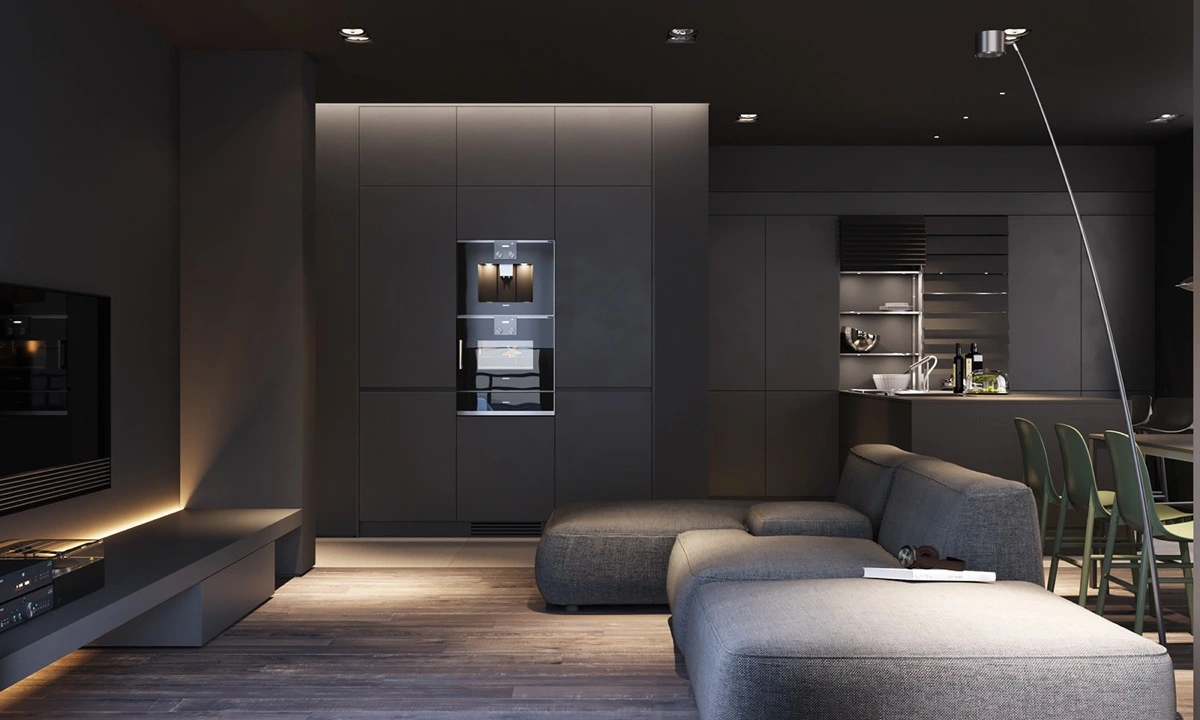
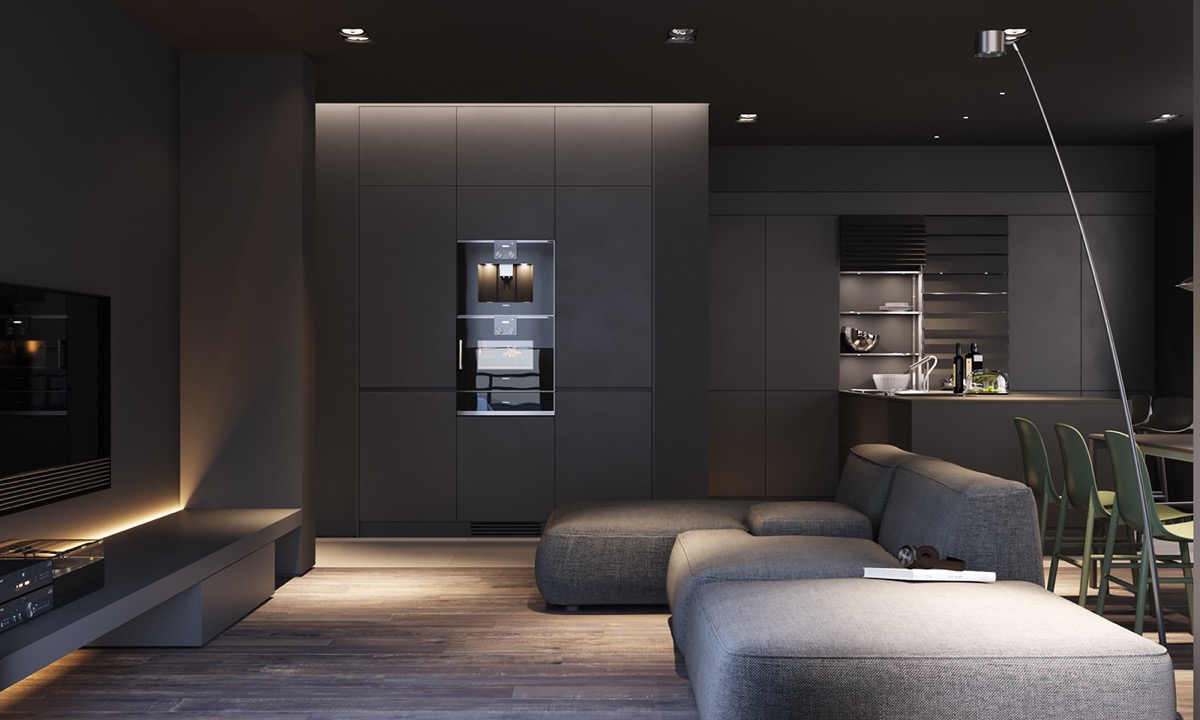
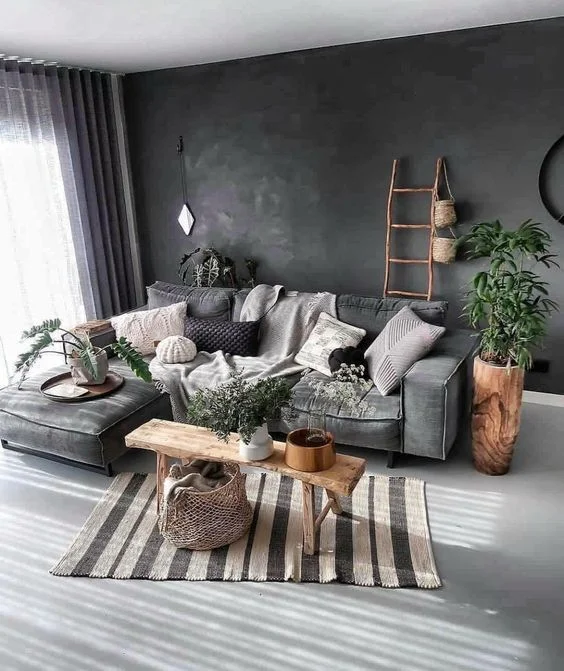

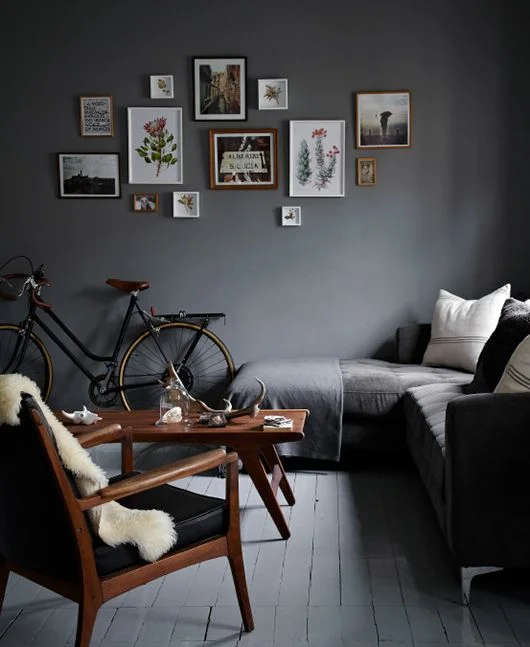
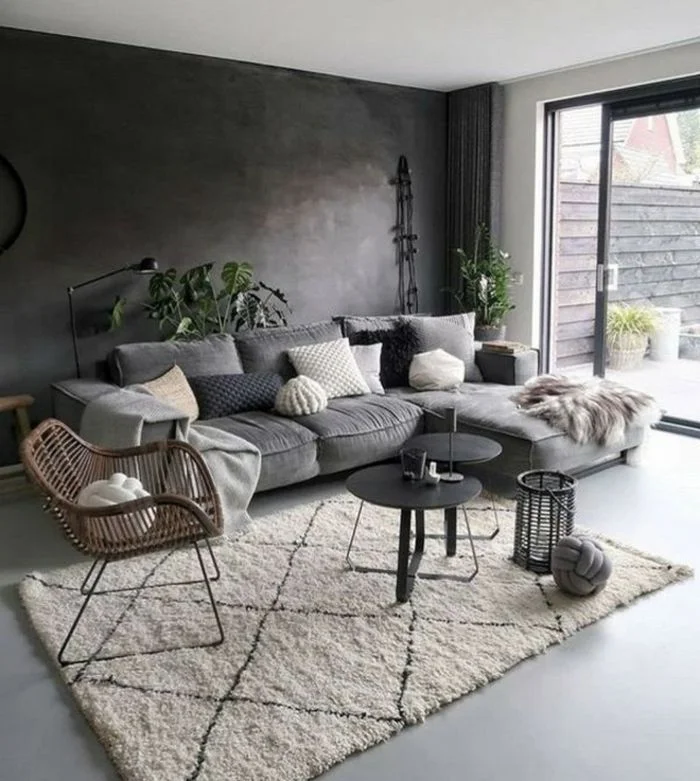


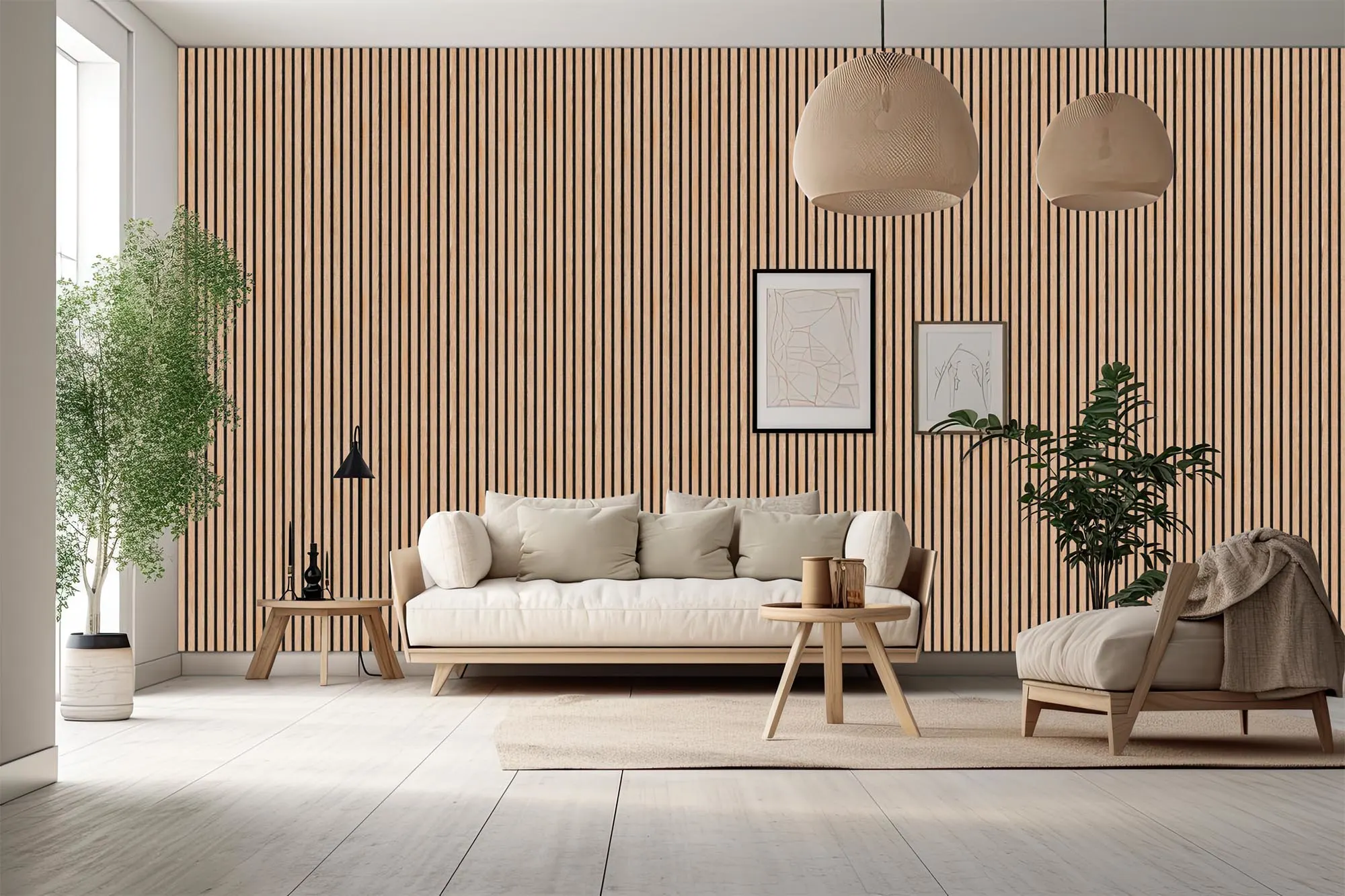


_1767683336.webp)




Ans 1. Charcoal colour denotes secrecy and sophistication, and the delicate blend of light and shadow makes the art expressions deeper and remarkable contrasts.
Ans 2. Charcoal colour may be very versatile as a traditional artwork to modern-day uses in graphic design, digital interfaces and fashion.
Ans 3. To complete the image, Charcoal is a matte that is not glossy and, therefore, timeless to add sophistication to the overall artwork.
Ans 4. Indeed, charcoal is so versatile that through pressure, strokes and blending, artists can make bold and more delicate statements.
Ans 5. Charcoal will depend on the surface, whether on paper, canvas or textured. As a result, the medium of interaction is affected, thus creating different visual effects.
Ans 6. Artworks are dark and matte as charcoal absorbs light, allowing for the construction of textures and contrast.